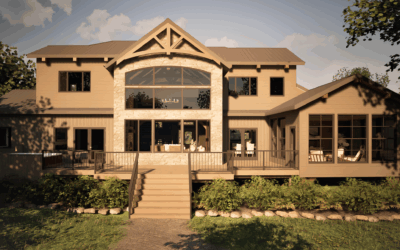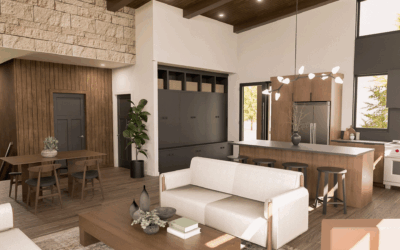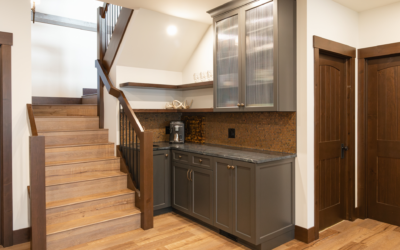One of the common inquiries we receive is whether building a cottage differs from building a regular home. The answer is a definite yes, though perhaps not in the ways you might expect.
The primary variance between constructing a cottage and a house lies in the unique site conditions often found in cottage country. In regions like the Lake of the Woods or Whiteshell Provincial Park (where we undertake many cabin constructions), the landscape is primarily Canadian Shield territory.
Despite most cottage country areas requiring specific codes that buildings must adhere to, the actual construction process remains quite similar to that of a regular home. Building materials such as siding and flooring are applied using standard construction techniques employed in residential homes.
However, three key areas set building a cottage apart: foundations, plumbing, and access.
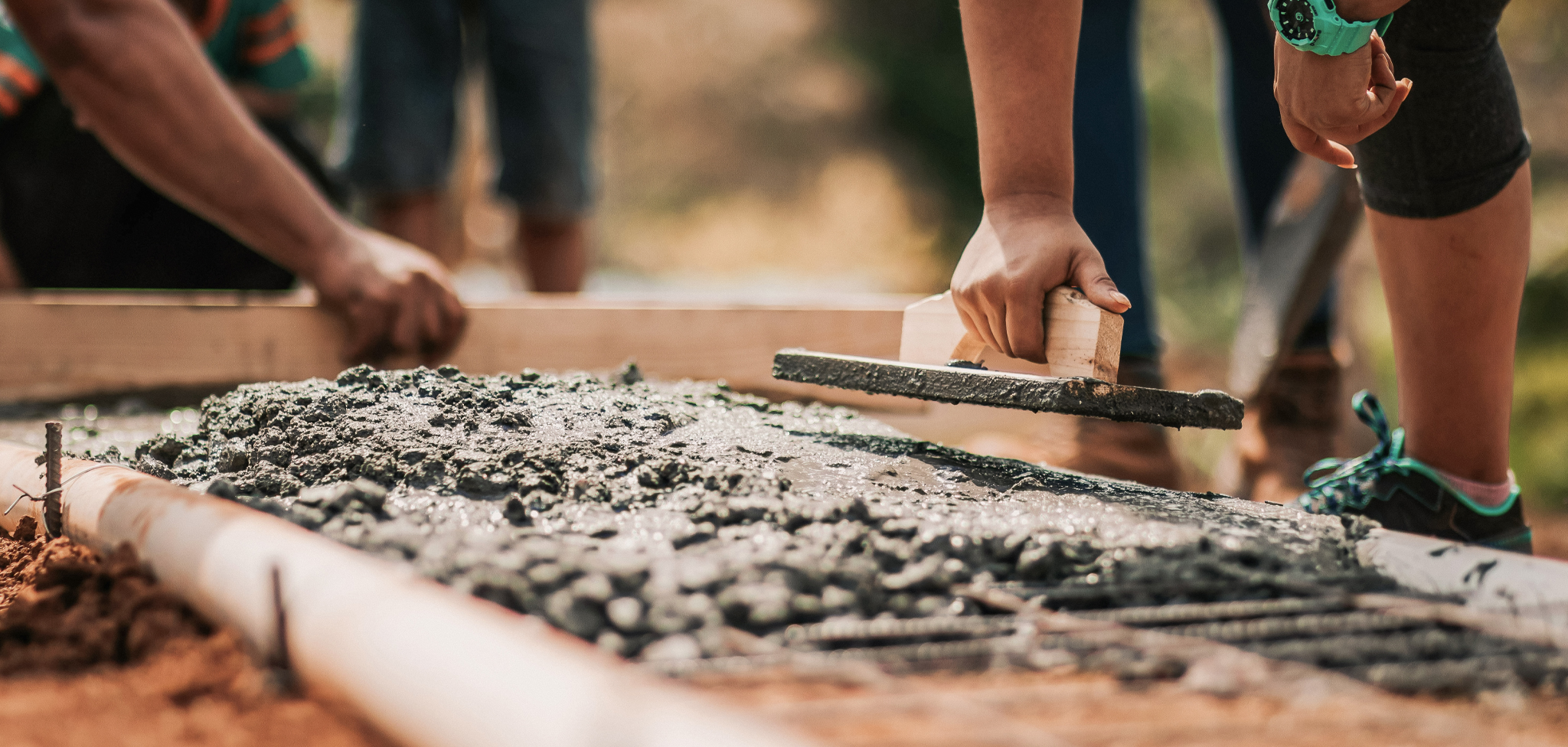
Foundations play a critical role in cottage construction, particularly due to the challenging terrain often encountered near water bodies. In areas like the Whiteshell or Kenora, where granite is prominent, digging basements and forming concrete walls becomes more time-consuming and complex. The unpredictability of what lies beneath the surface, with rock formations dropping off abruptly, calls for careful planning and adaptation during construction.
On a recent build in Clearwater Bay we ran into this exact problem. We had to completely switch the foundation type after the basement was already dug (we had originally planned on a foundation right on bedrock, but when we discovered that bedrock was 25 feet below the surface, we had to modify the plan accordingly). While this caused a minor delay, this cottage will now be solid for generations to come.
Plumbing requirements also differ between homes and cottages, especially regarding water supply and sewage disposal. Water sourcing in cottage country typically involves drawing from sources like lakes, or drilling wells (often into granite, which can be costly and risky), or utilizing freshwater cisterns. Here are the differences between these systems.
Lake water:
Lake water is often the simplest and most reliable. While it does need to be insulated and heated in the winter to avoid freezing, and often needs a specialized filtration system, it’s still often the easiest, cheapest, and most reliable source to supply your cottage with fresh water.
Drill a well:
While drilling a well is also quite common on the outskirts of the city, the main difference is that wells in cottage country are often drilled into solid granite. Not only is this quite expensive, but it’s also extremely risky. We’ve seen 400-foot-deep wells drilled in granite that couldn’t fill a glass with water.
Fresh water cistern: In certain areas, such as Lac du Bonnet, it’s extremely common to have a cistern for fresh water. Local companies are available to fill up your water tank on an as-needed basis. This is definitely a reliable way to ensure you always have clean water.
Waste water management is commonly handled through septic tanks or septic fields, with specific considerations for frost protection and regulatory compliance. The majority of cottage properties will have holding tanks, as most won’t allow for a septic field type system due to ground conditions and property size.
Access to the construction site is another crucial aspect to address, as navigating cottage roads and overcoming logistical challenges such as transporting heavy equipment can impact project timelines and budgets. Concrete trucks, cranes, and delivering roof trusses are a lot different than driving your SUV down the road. It’s important to be able to plan for these considerations to avoid delays and added costs. Ensuring smooth access, particularly during winter months, is essential for successful project execution.
In summary, when starting a cottage construction project in cottage country, it’s crucial to hire builders experienced in navigating the unique challenges of these environments.
At Pine Creek Homes, we have over 30 years of expertise in building custom cottages in these locations, we understand the intricacies involved and are dedicated to preserving your cottage legacy for generations to come.
